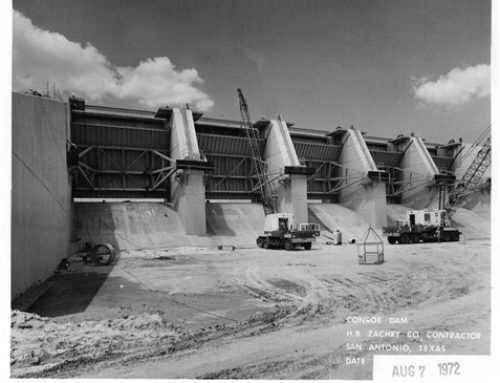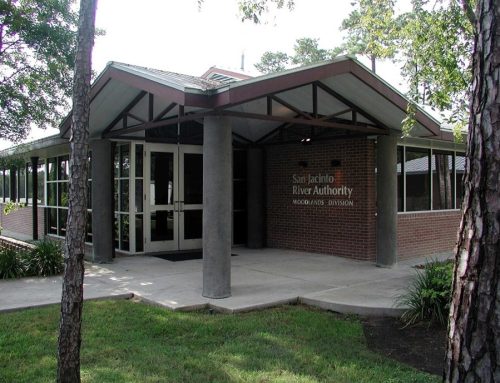Like many things around us, we seldom appreciate what is plentiful and easily accessible. What could be more accessible and apparently plentiful than water? All we have to do is turn on the faucet any time during the day or night and there is plenty of water for us to use, but water doesn’t just magically appear. It costs money to draw water from a lake or river or to pull it up from an aquifer.
It appears in our homes only after it has traveled through miles of pipes and perhaps even a treatment process. Water is a valuable resource that shouldn’t be wasted. Only 1% of the entire water supply on earth is available for human use – the remainder is salty or locked in ice caps and glaciers. It is just this 1% that keeps all of the world’s agricultural, manufacturing, community and personal household and sanitation needs operating. We actually drink very little of our processed and treated “drinking water” – only about 1% of all treated water.
Here are some tips on how to conserve water inside and outside your home:
OUTDOOR TIPS
- As much as 80% of domestic water usage occurs outside the home on lawns and gardens.
- Adjust your irrigation timer monthly – lawns require different amounts of water in winter than in spring. Thus irrigating with the same amount of water results in an incredible waste of water.
- The most efficient time for watering is early morning or late evenings, when temps are cooler and winds lighter.
- Avoid installing ornamental water features unless the water is recycled.
- Don’t water the pavement. Set sprinklers so that water lands on lawn and gardens, not on pavement, and stop sprinklers when puddles or runoff occur and allow the water to soak into the soil before resuming watering.
- Use a broom or blower to clean sidewalk/driveways, not gallons of water.
- Wash your car on the lawn. Don’t allow the water to run continuously. Turn on and off to soak down and rinse off. Water will be absorbed by the lawn. If you want to go to a car wash, use one that recycles water.
- Cover your swimming pool, this helps to reduce evaporation. A pool cover can reduce water loss by 90%.
INDOOR TIPS
- Studies have shown homes can waste more than 10% due to leaks.
- Check your indoor water-using appliances and devices for leaks. The largest water user inside the home is the toilet.
- Check your toilet for leaks. A leak inside the toilet can waste up to 200 gallons of water a day. Check by adding a few drops of food coloring into the tank. If there is a leak, color will show in the bowl in about 30 minutes.
- Faucet leaks are usually visible; however there are some unnoticeable leaks in areas like the on/off handle or in the pipes below the basin.
- Install low flow aerators and showerheads.
- Don’t let the water run while brushing teeth, shaving, or washing hands/face. This can save more than 100 gallons a week.
- Running your washing machine or dishwasher only when full could save you hundreds of gallons a month.
- Check your water meter and bill to track your usage.
- Store drinking water in the refrigerator rather than letting the tap run every time you want a cool glass of water.
- Avoid running water to thaw food. Place food in the refrigerator overnight or defrost in the microwave.
- Only run your dishwasher when it is full. If washing dishes by hand, don’t let water run continuously for rinsing. If you have 2 sinks, fill one with rinse water. If you have only one sink, first gather all your washed dishes in a dish rack, and then rinse them quickly.
- Use a bowl of water to clean and prepare vegetables rather than letting the faucet run.
- Fixing leaky faucets and plumbing joints can save up to 20 gallons a day per leak. It is easy to do and can represent substantial savings in plumbing and water bills.
- Be sure your hot water heater thermostat isn’t set too high. Extremely hot settings waste water and energy when the water has to be cooled with cold water before you can use it.
- Just remember, every drop counts, and every person can make a difference!






